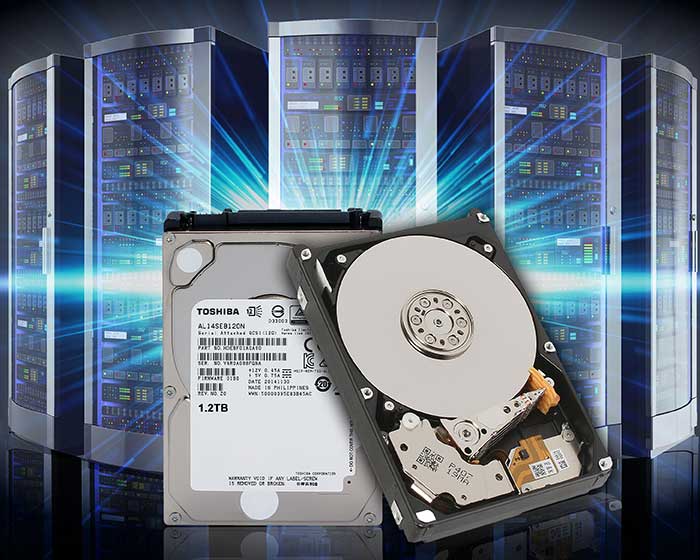- General Top
- SEMICONDUCTOR
- STORAGE
- COMPANY
-
My ToshibaSemicon
- Semiconductor Top
-
ApplicationsAutomotive
Body Electronics
xEV
In-Vehicle Infotainment
Advanced Driver-Assistance Systems (ADAS)
Chassis
IndustrialInfrastructure
BEMS/HEMS
Factory Automation
Commercial Equipment
Consumer/PersonalIoT Equipment
Healthcare
Wearable Device
Mobile
Computer Peripherals
-
ProductsAutomotive Devices
Discrete Semiconductor
Diodes
Transistors
Logic ICs
Analog Devices
Digital Devices
Wireless Devices
※
: Products list (parametric search)
Power SemiconductorsSiC Power Devices
※
: Products list (parametric search)
Isolators/Solid State RelaysPhotocouplers
Digital Isolators
Solid State Relays
Fiber Optic Transmitting Modules
※
: Products list (parametric search)
MOSFETsIGBTs/IEGTsBipolar Transistors※
: Products list (parametric search)
Diodes※
: Products list (parametric search)
MicrocontrollersMotor Driver ICsIntelligent Power ICs※
: Products list (parametric search)
Power Management ICsLinear ICs※
: Products list (parametric search)
General Purpose Logic ICsLinear Image SensorsOther Product ICsOther Product ICs
※
: Products list (parametric search)
-
Design & Development
Design & Development
Innovation Centre
At the Toshiba Innovation Centre we constantly strive to inspire you with our technologies and solutions. Discover how to place us at the heart of your innovations.
-
Knowledge
Knowledge
Highlighted Topics
Further Materials
Other
- Where To Buy
- Part Number & Keyword Search
- Cross Reference Search
- Parametric Search
- Stock Check & Purchase
This webpage doesn't work with Internet Explorer. Please use the latest version of Google Chrome, Microsoft Edge, Mozilla Firefox or Safari.
require 3 characters or more. Search for multiple part numbers fromhere.
The information presented in this cross reference is based on TOSHIBA's selection criteria and should be treated as a suggestion only. Please carefully review the latest versions of all relevant information on the TOSHIBA products, including without limitation data sheets and validate all operating parameters of the TOSHIBA products to ensure that the suggested TOSHIBA products are truly compatible with your design and application.Please note that this cross reference is based on TOSHIBA's estimate of compatibility with other manufacturers' products, based on other manufacturers' published data, at the time the data was collected.TOSHIBA is not responsible for any incorrect or incomplete information. Information is subject to change at any time without notice.
require 3 characters or more.
Which storage system: HDD or SSD?

The world of data storage is moving on quickly. We are creating more data than ever before, which has to be stored securely and should be easy to retrieve. A couple of decades ago tape was the preferred storage method and these days it is in fact still in use, but limited to very centralised archiving applications. The invention of disc drives based upon high-density spinning magnetic platters – now known as Hard Disc Drives (HDDs) brought higher storage densities and much greater user convenience, especially in terms of data accessibility.
The market did not stop with HDDs – for all of their convenience, there are some potential drawbacks. Firstly as electromechanical devices, they can be prone to failure. Due to the mechanical nature of the operation a seek time is required to move the read/write heads to the right track and turn the platter to the data block to be accessed. This created a certain latency to access the data. They also contain motors that consume power, which ultimately, becomes very significant when one considers the number of HDDs required to store all of the data in existence today, let alone for the future.
These reasons, combined with the falling prices of Flash Memory, gave rise to Solid State Drives (SSDs). These devices have no moving parts, require less power to operate and can provide faster access times than HDDs. However, in terms of cost, they remain significantly higher in terms of ‘cost per terabyte’ than the equivalent HDD, and that won’t change in the future.
It is natural that users should ask the question as to whether SSDs will replace HDDs and, if so, when will this happen?
The answer is not just dependent upon the technologies, but also on the types of data to be stored, the required capacity range, the budget and especially the type and speed of access required.
HDDs have a lower price point than SSDs and this is unlikely to change soon. They are inherently reliable – although not as reliable as SSDs, but this can be mitigated through the use of RAID structures. Access times are longer than with SSDs, but for certain types of data – such as that which is stored sequentially, or accessed infrequently, this is less of an issue.
SSDs are more expensive but they bring the ultimate reliability, a small form factor, use less power and are much faster at randomly accessing data.
So the answer to the question is – ‘it depends on the required capacity, the budget and application and type of data being stored’. HDD- and SSD based solution will co-exist even in the long term future, The following Whitepaper introduces the key metrics based on real life examples that users need to consider to make the right investment decisions for future storage architectures.
To learn more, you can download Toshiba’s latest white paper on the subject here:

